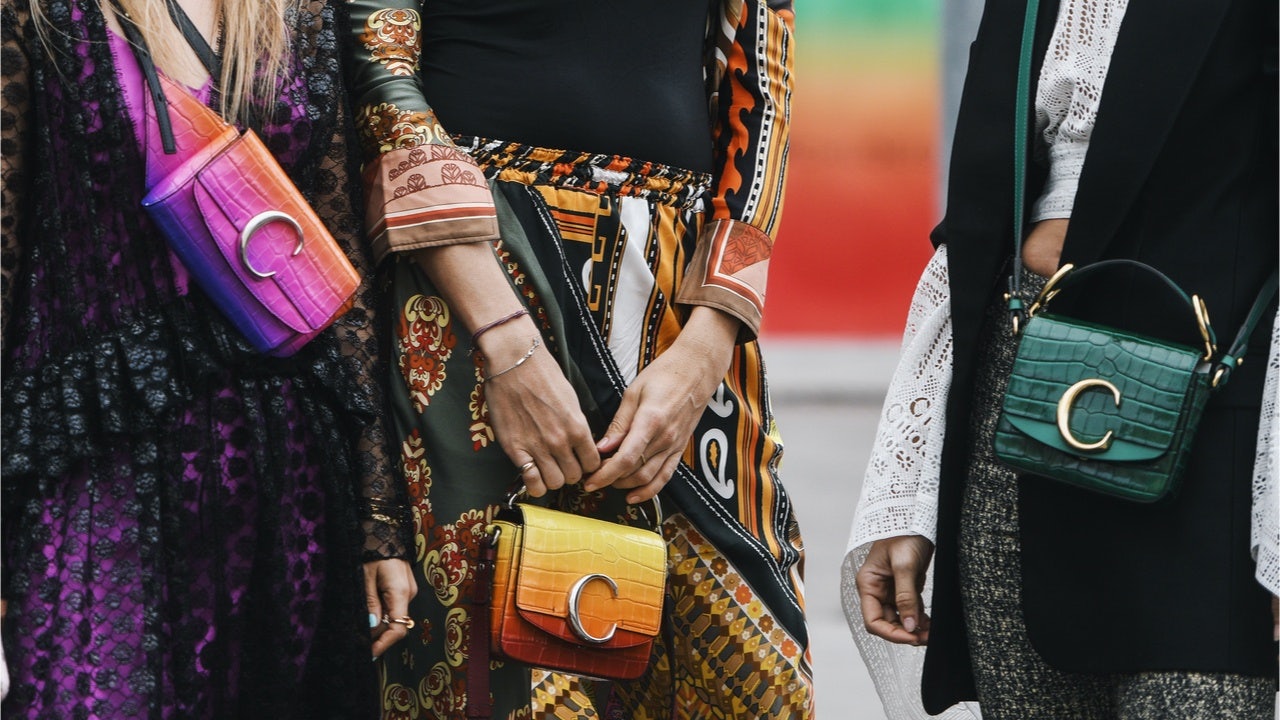The question I’m asked most consistently these days is why has brand storytelling becoming so important? Shouldn't the product and craftsmanship matter most in luxury? Here is the problem with that train of thought:
When established luxury brands try to reverse their sluggish sales and boost profitability, one usually sees a typical pattern. There’s too much internal focus on the product and not enough emphasis on building brand equity and creating value for customers — especially younger customers.
Many of these brands were successful with Baby Boomers and Gen Xers (in other words, consumers who are now over 40). For those generations, being associated with a "big" luxury brand was important because they were trusted and they symbolized aspirations, which is why, in the early days, most traditional brands focused on creating brand awareness through storefronts, billboards, and magazine advertisements. This traditional marketing was about awareness but not necessarily about content. Product execution mattered most: materials like gold for fine watches, diamonds in jewelry, or fine leathers in cars were the content, which is why brands tended to focus on product features as a way to differentiate themselves from their competitors.
But this strategy no longer works. Millennials, and especially Gen Zers, have different expectations and different value systems. For Baby Boomers, the sight of an expensive handbag was a rarity. There was only a handful of luxury brands to choose from, and information about these brands was relatively scarce. You had to take the time to go to the store to learn about assorted products and features. There were relatively few magazines back then that featured luxury brands, and the rare coverage only focused on a limited number of brands. In other words, 30 to 40 years ago, when many of the more established brands were growing, the market was relatively narrow, contained fewer players, and offered much less transparency to consumers.
Brands who can’t transition from a mature audience to a 20-35-year-old one will become obsolete.
Gen Zers have grown up in a completely different reality. They are surrounded by hundreds of brands, all of which are infinitely accessible. Instead of relying on a few magazines with limited information, they know details about every brand product via social media, influencers, and key opinion leaders. In a recent discussion in Asia, the general manager of a flagship store of one of the most iconic luxury brands in the world told me that almost 100 percent of young consumers entering his store already know what they wanted. He even added that younger consumers often know the products better (and in more detail) than his in-store staff. This generation does their due diligence. The store is now solely a place to confirm purchases and be immersed in the brand’s story.
This has important implications. The number of luxury brands has grown disproportionately, and the number of new products is growing at an even faster pace. And since consumers have more transparency than ever, the room to make a real difference against your competitors with standout craftsmanship has shrunk. In many categories today, even everyday products can achieve features, looks, or performances that are very close to what luxury versions provide. In other words, luxury brands need to differentiate more than just with their products. Don’t get me wrong: Quality products are still essential, but they are no longer the main factor in setting successful brands apart.
Other factors have now become more critical, like brand purpose, social currency, context, and authenticity. Branding drives all of these. This is why refocusing on building brand equity and brand storytelling is now non-negotiable for companies that want to survive a market that’s shifting toward younger consumers.
Most luxury brands have vague positioning. They focus too much on telling the story of their entire category, so that a typical positioning statement reads like, "We at brand X pride ourselves in making the most luxurious Y (i.e. handbags, cars, jewelry, makeup) for over Z years” and “our passionate experts craft all our items and use the best materials available on earth." Does this sound familiar? The problem with these brand positioning statements is that they entirely disregard the customer. It is internal praise that has zero relevance with a young, digitally-native customer. That kind of brand story doesn’t provide any reason to buy the brand because it doesn’t tell people what's in for them (as opposed to their competitor’s product).
And yet, aside from proper positioning, brands must also master something else: an emotional connection to the consumer. Without it, a brand can’t offer people an authentic experience, a social context, or a purpose.
Authenticity is a truthful story about the brand that consumers can understand. It simply can’t be faked, which is why a brand must know how consumers view it. Social context is essential because young consumers need to know why they should buy the brand. There has to be a connection to the zeitgeist as well as a “cool factor.” Brands that fail to create social currency can’t be relevant. This is why top designers, actors, fashion icons, and singers like Virgil Abloh, Pharrell Williams, Rhianna, or Zhou Dongyu have been so sought after by luxury brands or have chosen to create brands of their own. They’re all about emotional connections, but not every connection works.
There must be a logical connection between the brand story and the influencer. When Rhianna worked for Nivea, for instance, it was an odd fit, and the collaboration was seen as a colossal failure. But building her own Fenty Beauty line made more sense to consumers, and Rhianna has been successful with it. Finally, brands need to transmit a purpose to consumers, which is why brand positioning and brand storytelling is so critical. The storytelling needs to be done from the perspective of the customer where they are at the center of the story. Otherwise, there is no connection, differentiation, or value creation.
And while the brand story is crucial, that story is highly dependent on how well the store staff brings a brand’s story to life. Imagine you walk into a luxury brand’s store. Can you understand the brand's rational and emotional positioning when you discuss it with a sales associate? Is the inspiration you feel consistent at all points during the sale? Do you feel inspired at all? If the answer is no or your impression is inconsistent, then the brand’s storytelling is weak. This is what sets great brands apart versus what quickly makes brands irrelevant.
Young, digitally-savvy Millennials and Gen Zers in China, who are responsible for more than 80 percent of the country’s luxury purchases, are the key to most luxury brands’ success. Brands who can’t transition from a mature audience to a 20-35-year-old one will become obsolete. That is why brand equity has become mission-critical.
Daniel Langer is CEO of the luxury, lifestyle and consumer brand strategy firm Équité, and the professor of luxury strategy and extreme value creation at Pepperdine University in Malibu, California. He consults some of the leading luxury brands in the world, is the author of several luxury management books, a global keynote speaker, and holds luxury masterclasses in Europe, the USA, and Asia. Follow @drlanger


